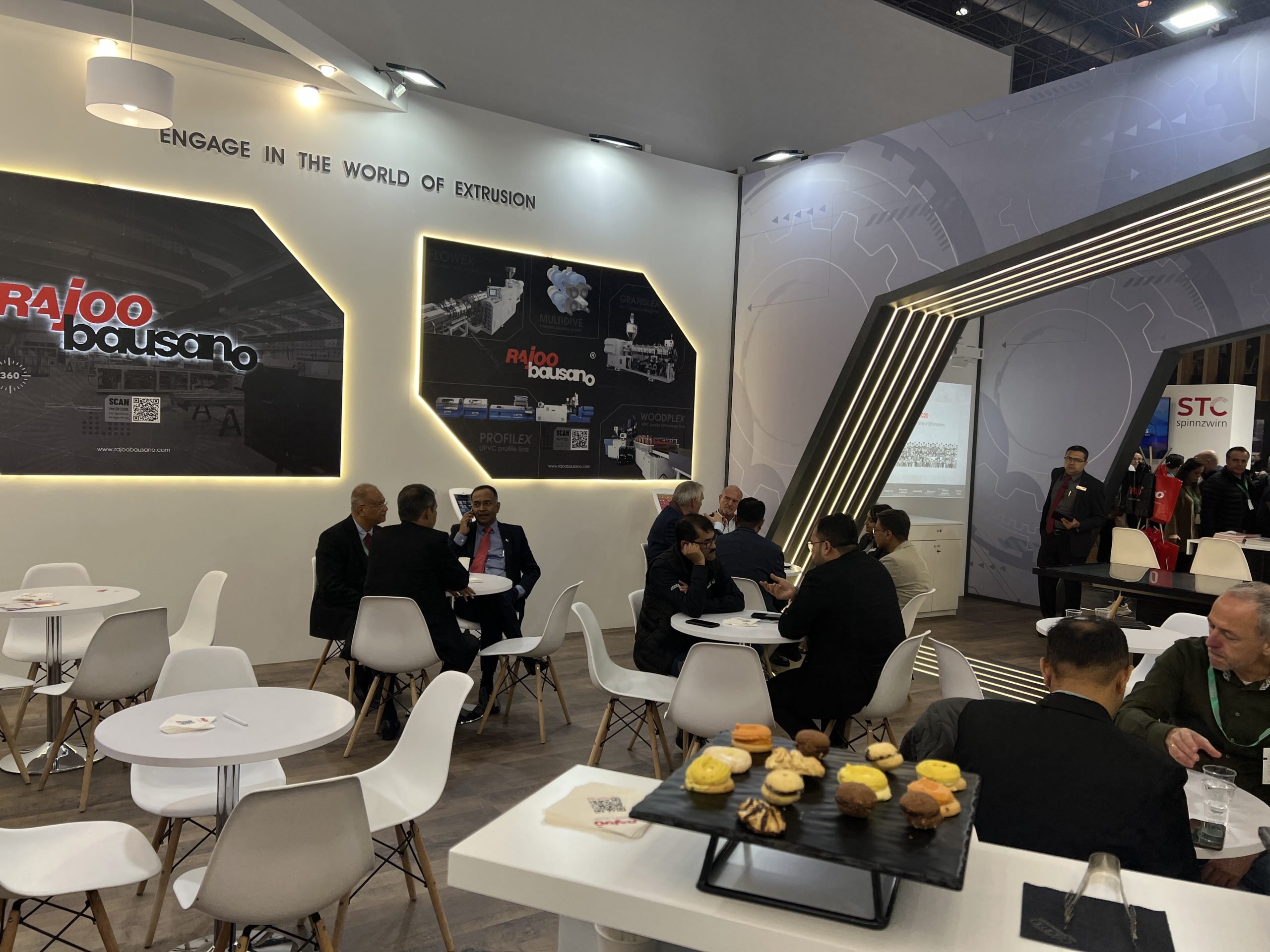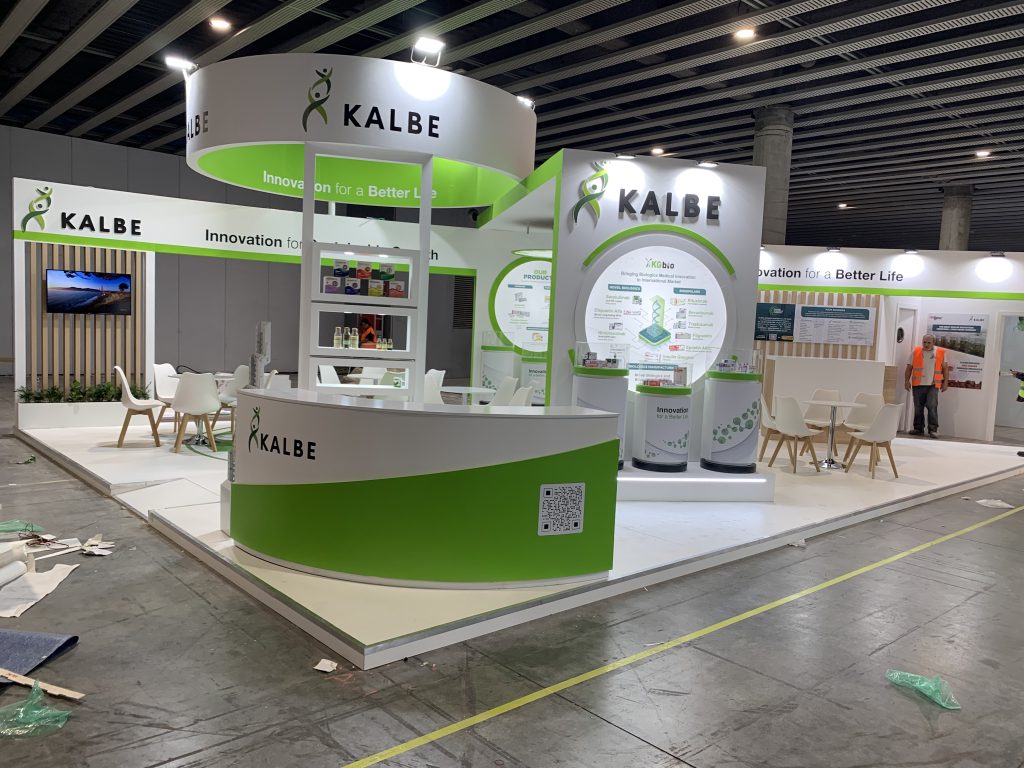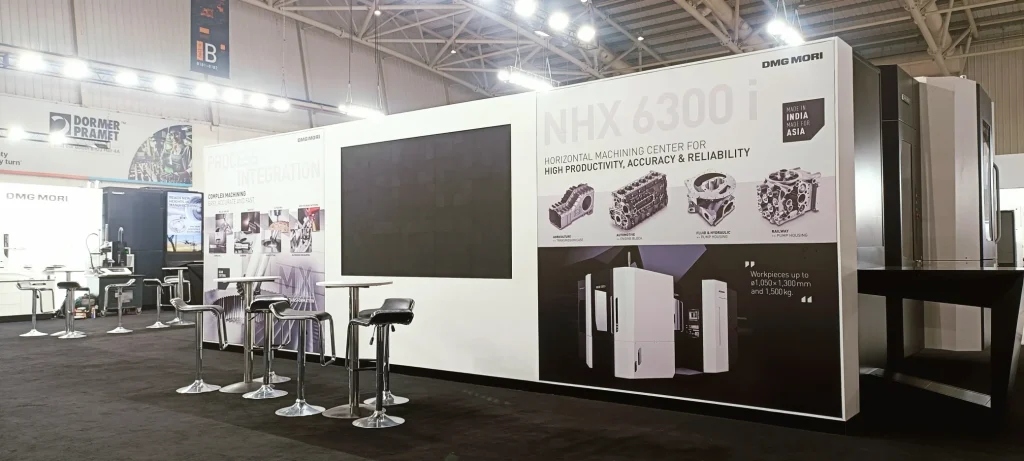
Introduction:
In the competitive landscape of trade shows, exhibitors are constantly seeking innovative ways to captivate audiences and create memorable experiences. One effective strategy is to design trade show booths that engage attendees through multiple senses, including sight, sound, and touch. In this blog, we’ll explore the importance of multisensory experiences in trade show booth design and provide practical tips for creating immersive and engaging environments.
1. Visual Impact:
- Visual elements are fundamental in attracting attendees’ attention and leaving a lasting impression.
- Incorporate bold colors, eye-catching graphics, and dynamic lighting to create a visually striking booth design.
- Utilize high-resolution images, videos, and digital displays to showcase products, demonstrations, and brand messaging effectively.
2. Audio Enhancement:
- Sound can play a powerful role in enhancing the atmosphere and engaging attendees on an emotional level.
- Incorporate background music or ambient sounds that complement the theme and mood of the booth.
- Consider incorporating live presentations, product demonstrations, or interactive experiences with audio elements to draw attendees into the booth’s narrative.
3. Tactile Interaction:
- Touch is a critical sense that can stimulate curiosity and create a deeper connection with attendees.
- Integrate tactile elements such as textured surfaces, interactive touchscreens, or product samples that encourage hands-on exploration.
- Provide opportunities for attendees to interact physically with products, materials, or interactive displays to enhance their sensory experience.
4. Scent Marketing:
- Scent can evoke powerful emotions and memories, making it a valuable tool for creating immersive experiences.
- Consider incorporating subtle scent diffusers or aromatic elements that align with the brand identity and evoke positive associations.
- Choose scents that complement the booth’s theme and enhance the overall ambiance without overwhelming attendees.
5. Interactive Technology:
- Interactive technology can transform passive observers into active participants, increasing engagement and retention.
- Integrate interactive kiosks, touchscreen displays, or virtual reality experiences that encourage attendees to interact with the booth’s content.
- Provide gamified experiences or interactive challenges that incentivize participation and foster a sense of competition or achievement.
6. Brand Storytelling:
- Utilize multisensory experiences to convey a compelling brand narrative and establish an emotional connection with attendees.
- Incorporate storytelling elements that resonate with attendees’ values, aspirations, or pain points, creating a memorable and meaningful experience.
- Integrate multimedia content, live demonstrations, and interactive storytelling techniques to bring the brand’s story to life in a captivating and immersive way.
7. Spatial Design:
- The layout and spatial design of the booth play a crucial role in facilitating multisensory experiences and guiding attendees’ journey.
- Design booth layouts that encourage flow and movement, allowing attendees to explore different zones and engage with various sensory elements.
- Create designated areas for immersive experiences, product demonstrations, and interactive activities that are strategically positioned to maximize visibility and accessibility.
8. Emotional Connection:
- Multisensory experiences have the unique ability to evoke emotions and forge deep connections with attendees.
- Consider incorporating storytelling elements, music, and lighting effects that resonate with attendees on an emotional level, eliciting feelings of excitement, curiosity, or nostalgia.
- Create immersive environments that transport attendees to a different world or evoke a sense of wonder and awe, leaving a lasting impression long after the trade show ends.
9. Personalization:
- Personalized experiences enhance attendee engagement and make them feel valued and understood.
- Utilize data-driven insights to tailor multisensory experiences to the preferences and interests of individual attendees.
- Offer customizable elements such as interactive quizzes, personalized recommendations, or product configurations that cater to the unique needs and preferences of attendees.
10. Accessibility and Inclusivity:
- Multisensory design should be inclusive and accessible to attendees of all abilities and backgrounds.
- Consider the diverse sensory preferences and sensitivities of attendees, providing options for adjusting audio volume, lighting intensity, or tactile interactions.
- Ensure that the booth layout and interactive elements are wheelchair-accessible and comply with accessibility standards to accommodate attendees with disabilities.
11. Integration of Nature:
- Incorporating natural elements into booth design can create a sense of tranquility and connection with the environment.
- Integrate biophilic design principles such as natural materials, greenery, and water features to evoke a sense of calm and well-being.
- Utilize natural scents, sounds of nature, and lighting effects that mimic natural sunlight to create a refreshing and rejuvenating atmosphere within the booth.
12. Post-Event Engagement:
- Extend the multisensory experience beyond the trade show floor through post-event engagement strategies.
- Provide attendees with takeaway materials, digital resources, or follow-up communications that reinforce the sensory elements experienced at the booth.
- Leverage social media platforms, virtual events, or online communities to continue the dialogue with attendees and keep them engaged with the brand after the trade show concludes.
Conclusion:
Multisensory experiences have the power to engage attendees on a deeper level, creating memorable and impactful interactions that drive brand awareness, loyalty, and conversion. By incorporating emotional connection, personalization, accessibility, integration of nature, and post-event engagement into booth design, exhibitors can create immersive and inclusive environments that resonate with attendees and leave a lasting impression.
By embracing multisensory design principles, exhibitors can differentiate themselves, foster meaningful connections with their target audience, and achieve greater success at trade shows.


 US
US
 EU
EU


